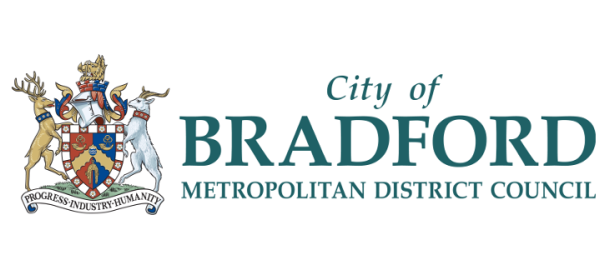In terms of gender, Bradford has a relatively balanced population, with 50.5% of the population identifying as female and 49.5% identifying as male.
Bradford is one of the youngest metropolitan districts in the UK. The median average age in Bradford in 2021 was 36.7, with over 18s representing 78.7% of the population. The figure below shows the average age in each of Bradford’s wards.
Bradford’s population is changing. Between the last two censuses, the average (median) age of Bradford increased by two years, from 34 to 36 years of age. This area had the joint lowest average (median) age in Yorkshire and The Humber (alongside Kingston upon Hull and Leeds) and a lower average (median) age than England (40 years). The number of people aged 65 to 74 years rose by just over 11,000 (an increase of 1.7%) while the number of residents aged 4 years and under fell by around 5,100 (1.3% decrease).
Figure 3: Projected population of Bradford District to 2041
Recent analysis looking ahead to 2041 projects significant growth in Bradford's population and a slight shift in age profile with an ageing older population and slight reduction in younger people.

Source: Office for National Statistics.
Figure 4: Bradford's predicted age profile 2023–2043
The chart below shows the predicted change in age groups in five year increments up to 2043.

Source: Based on ONS prediction data.











